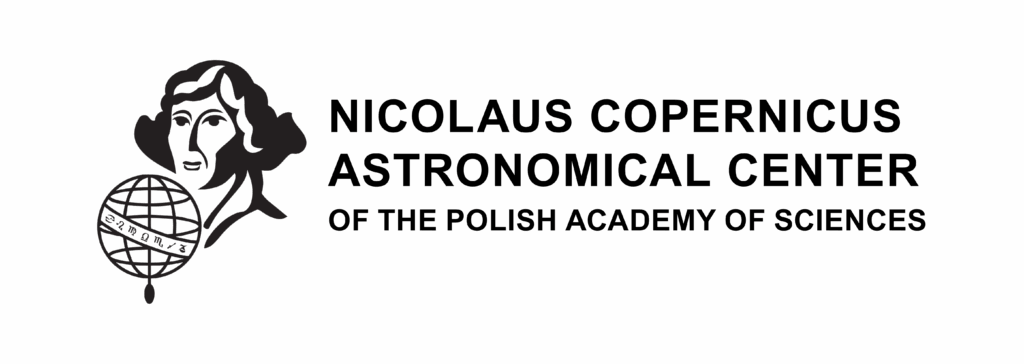APC – AstroCeNT annual meeting 2022
In early December 2022, an AstroCeNT delegation (group leaders, postdocs, PhD students and administration) traveled to Paris to attend the annual meeting with the Laboratoire Astroparticule & Cosmologie, a scientific partner of the AstroCeNT.
For the past two years, meetings of the two institutions have been held remotely due to Сovid-19 restrictions. This year we managed to get together in large numbers and meet in person.
During the meeting, 15 reports on the progress of the working groups and ongoing projects were presented.
Travel of our scientists to Paris was supported by DarkWave and COPIN grants.






